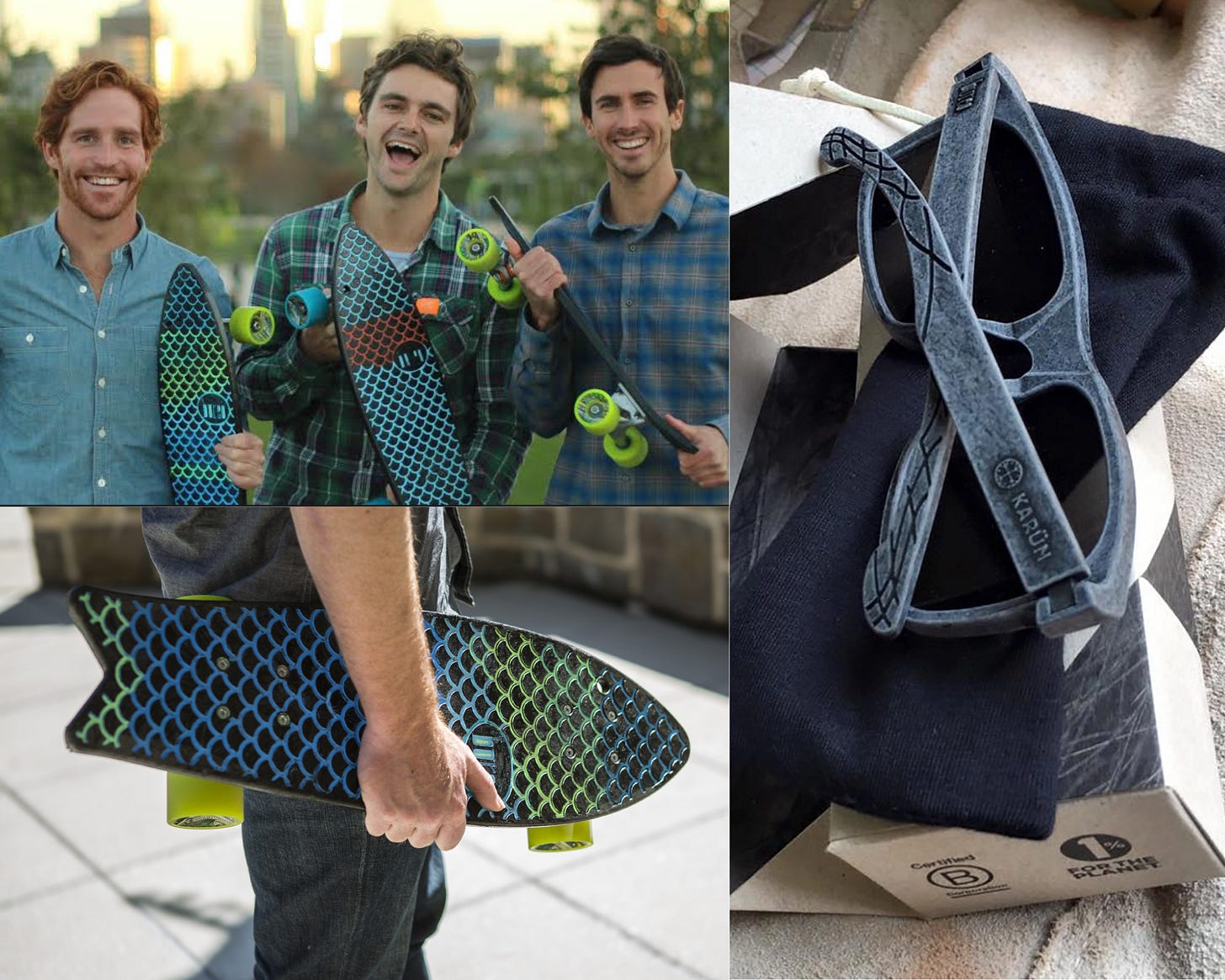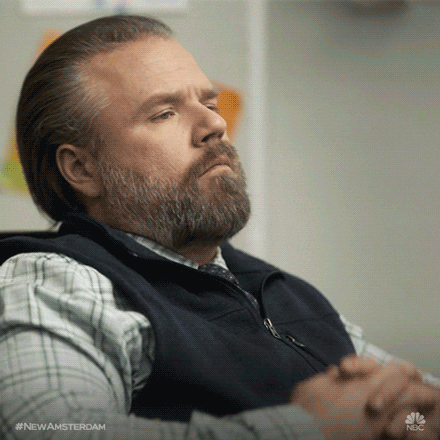The pandemic has also impacted our oceans
Here's how
Plastic waste from the Covid-19 pandemic weighing 25,900 tonnes has leaked into the ocean.
The pandemic has generated an estimated 8.4m tonnes of plastic waste.
PPEs, masks, gloves, testing kits, plastic waste from the hospitals- all of it is transported over long distances into our oceans.
This waste encounters marine wildlife and causes injury or even death.
The scientists predicted that by the end of the century almost all pandemic-associated plastics will end up on either the seabed or on beaches.
Most of this mismanaged plastic comes from rivers in Asia.
Shatt al-Arab in south-eastern Iraq, the Indus river which arises in western Tibet, and the Yangtze river in China 3,700 tonnes are the top 3 contributors.
In this edition, let’s see how these 3 startups are preventing plastics from reaching our oceans and are removing the ones that have already reached.⬇️
10% of the ocean’s plastic is fishing nets... With 6000km of the Pacific Ocean coastline, Chile has a lot of independent fishermen. During the peak season, they replace their plastic fishing nets every week. And they leave the old ones on the harbour or throw them overboard while at sea. We can’t really blame them for this. The lack of waste management infrastructure in the country and their tough financial conditions puts effective waste management on the back burner.
Another life…California and Chile-based social enterprise Bureo realized how big the scale of the fishnet pollution problem is and decided to do something about it. They collect discarded fishnets and then use them to make products like skateboards and sunglasses. Instead of fishing out the fishnets from the ocean, they prevent them from ending up in the ocean in the first place.
They collect nets directly from more than 50 fishing villages along the coasts of Chile, Peru, and Argentina.
These nets are then cleaned, shredded and placed in a granule-making machine, which produces small plastic pellets.
These pellets are then injected into a mould and converted into products like skateboards and sunglasses.

The backstory…Bureo takes the nets directly from the fishermen. It provides the brands with a 100% traceable source of raw material (and a story to tell their customers). They have also set up programs in Chile, Peru, and, Argentina to educate fishermen on how Bureo can take their old nets and recycle them in an environmentally-sensitive way.
What’s the source…Plastic in our oceans comes from different sources. Apart from some that are directly dumped into the oceans, most of it flows from our homes and industries, through rivers and canals, into the oceans. Once it reaches the oceans, it’s hard to find and remove it. We can prevent it from reaching the oceans if we intercept it in the rivers and canals. But we can’t really build physical barriers in these waterways as that would impact navigation and the ecosystem.
A bubble wall…Dutch start-up Great Bubble Barrier’s aim is to prevent the plastic from reaching the oceans and putting it back into the chain. They have created a wall of bubbles that intercept the plastics in rivers and canals without blocking the passage of boats and marine wildlife. The bubble barrier is a long, perforated tube running diagonally across the bottom of the canal.
Compressed air is pumped through the tube and rises upwards, creating bubbles.
This creates a bubble barrier that prevents the plastic waste from further flowing downstream.
Fishes and boats can easily pass through this barrier while the majority of the plastic waste cannot.
Three childhood friends…Anne Marieke Eveleens, Francis Zoet and Saskia Studer came up with this idea a few years ago in a pub (source of all great ideas). They did some research and realized that their idea was not unique and was already being used to keep out oil spills and noise from underwater construction and drilling. This made their job easier and they decided to build on the existing technology to keep the plastic out of the oceans.
Scary...I don’t know how many times I have quoted this but I will do it once more- ‘ By 2050 there will be more plastic than fish in the oceans’. An estimated 4.8 to 12.7 million tonnes of plastic end up in the oceans each year. To put it into perspective, one garbage truck is dumped into the ocean per second.
Parley for the oceans…One of the most innovative companies that have been leading the charge on plastic-free oceans is Parley. They bring together designers, creatives and brands to find scalable solutions to solve the ocean plastic pollution crisis- from reclaiming plastic debris from the oceans to developing sustainable materials that can be used in manufacturing in place of plastic.
They work with artists like Pharell Williams and brands like Adidas to raise awareness around ocean pollution and develop material solutions.
They work with developing coastal nations to collect plastic from shores and upcycle them to create different products.
They also deploy fishing boats to intercept plastic in the sea.
Behind the scenes…Heard of the Adidas collection made out of ocean plastic? Well, the brand behind that is Parley. The plastic collected by Parley is cleaned, sorted and processed into flakes. Adidas creates a polyester yarn from them, named Ocean Plastic and uses them to form the upper parts of shoes and clothing like jerseys.
🔍Ready for this week’s crossword?
You can solve it here-
If you liked this edition, please do share it. That would mean a lot😊
📢 Shoutout to Paridhi who helped me write this edition.
Hit that 💚 if you liked today’s edition.
Are you following us on Instagram?
Thanks and see you next week😄











